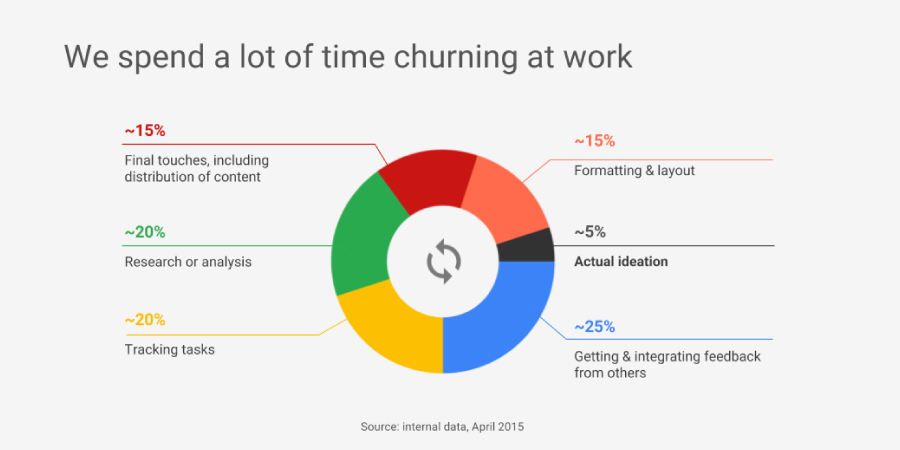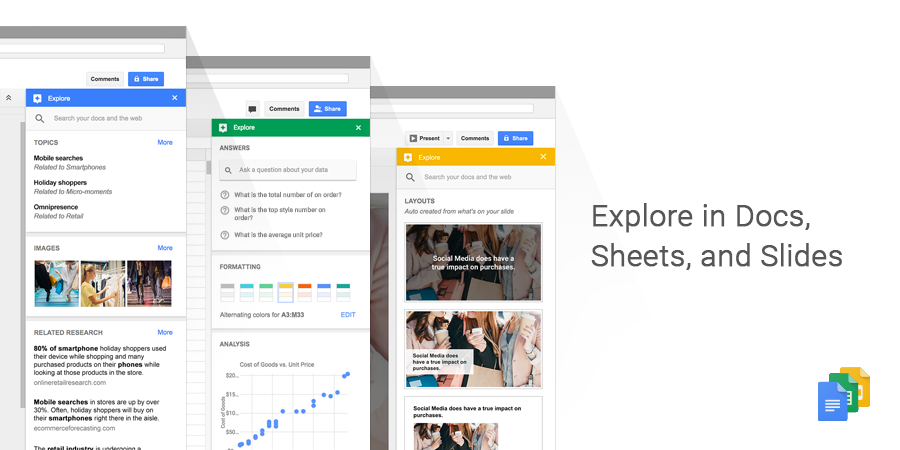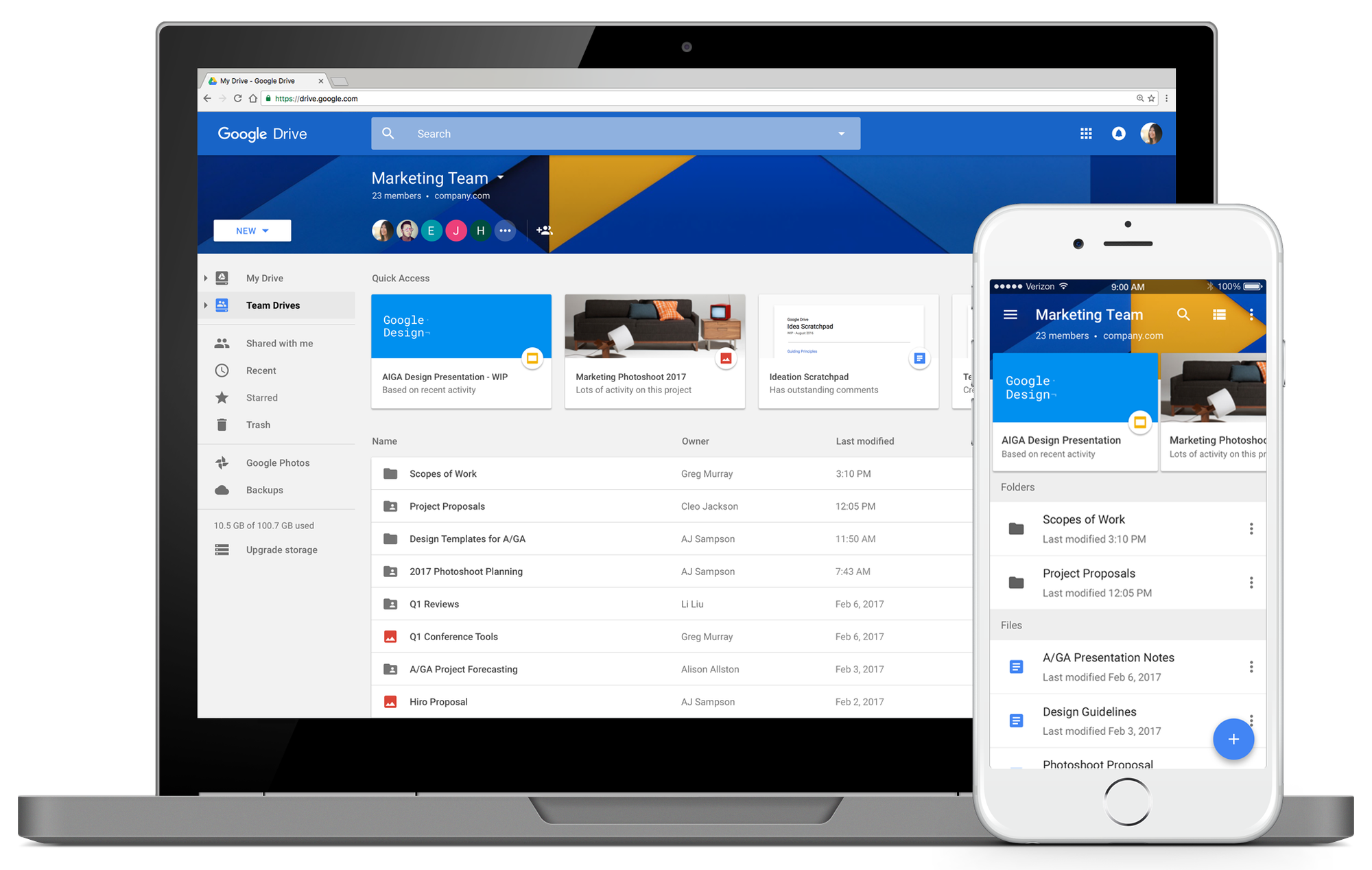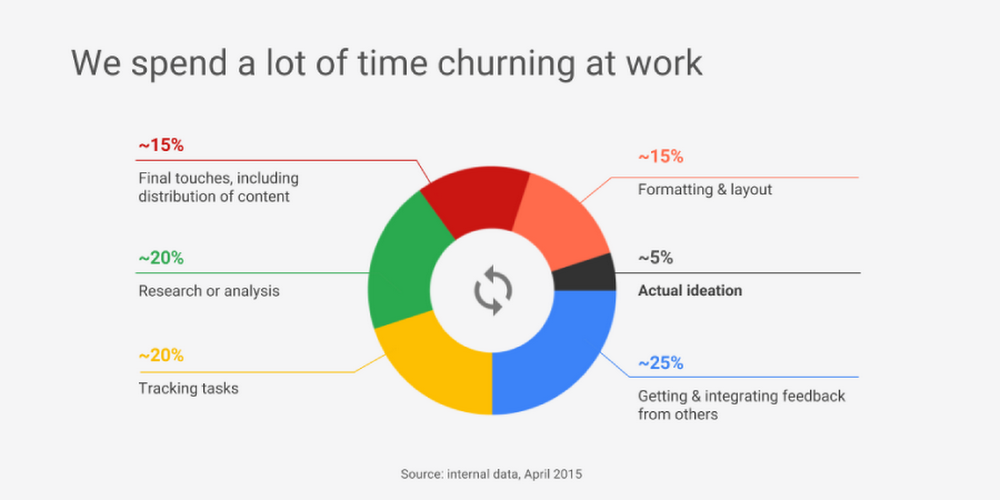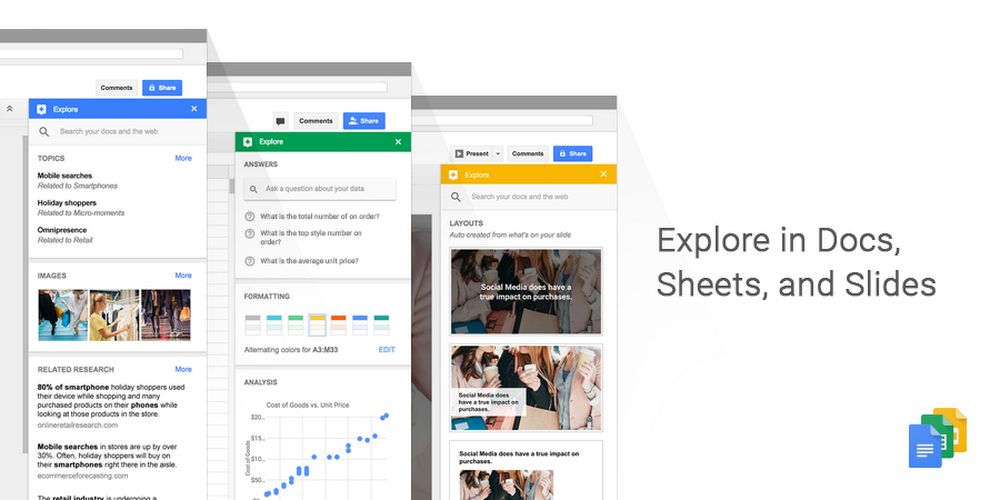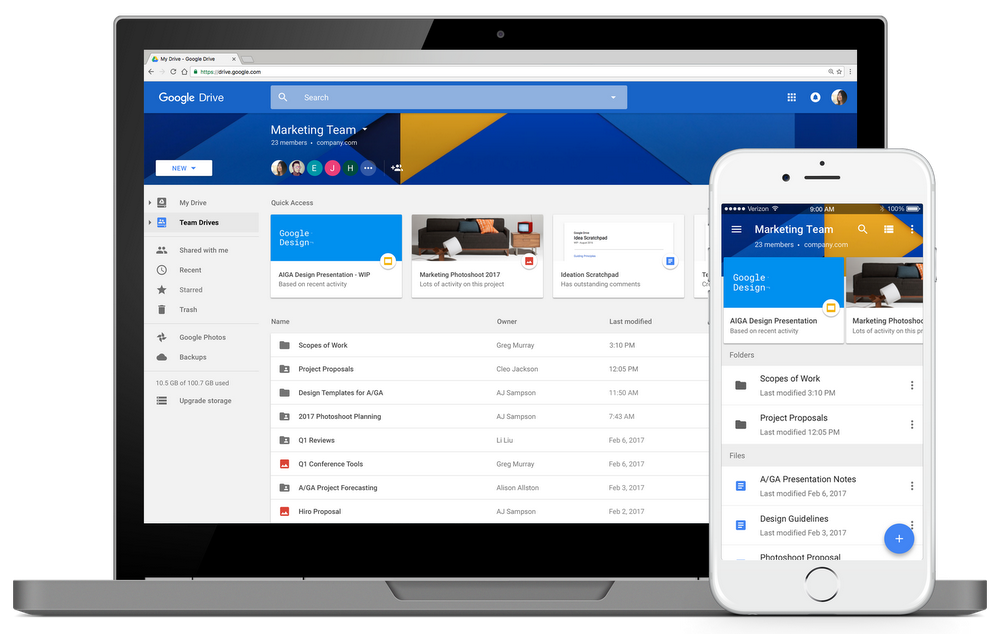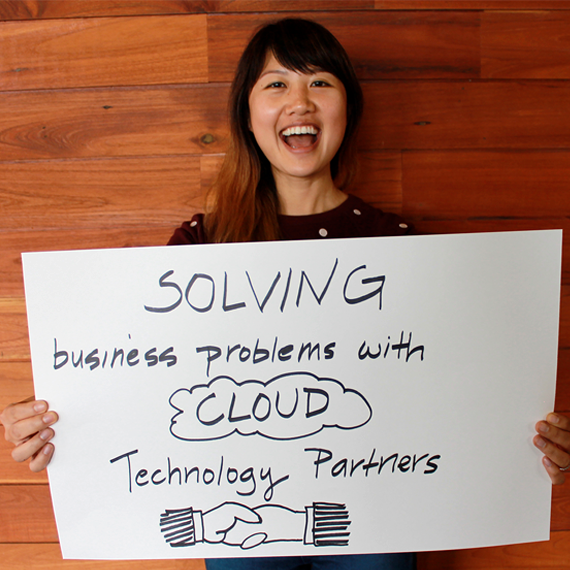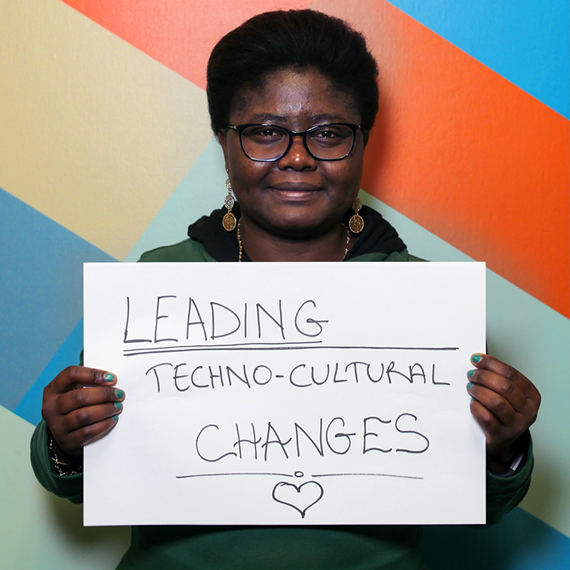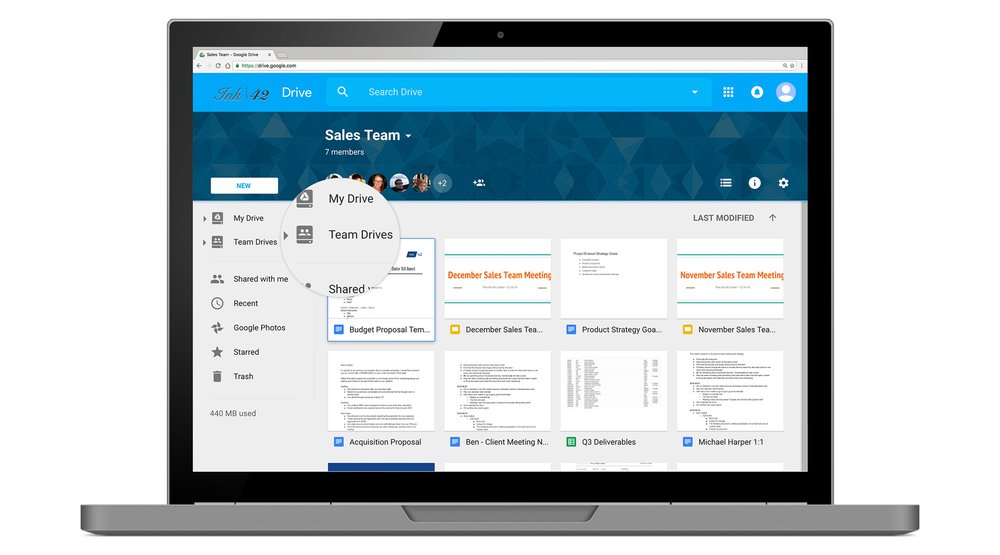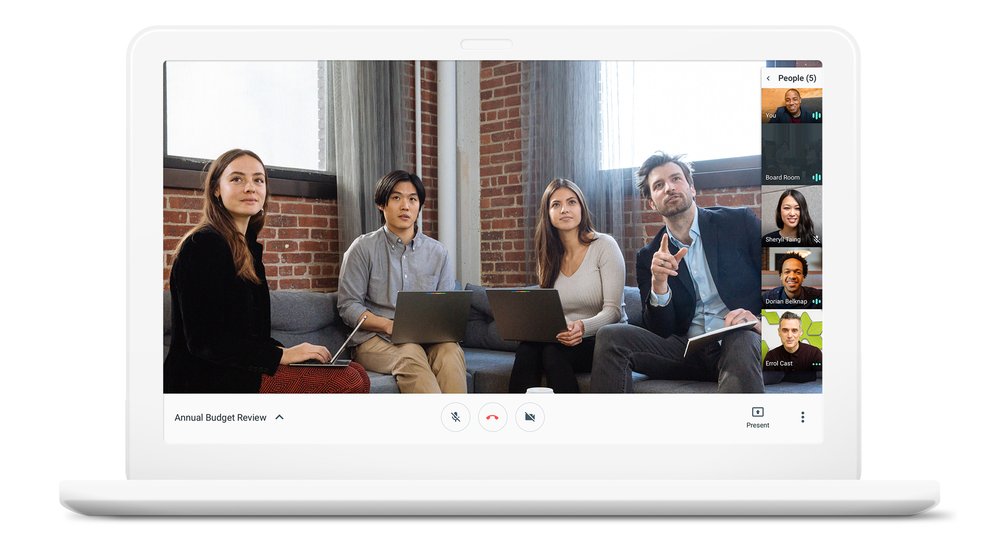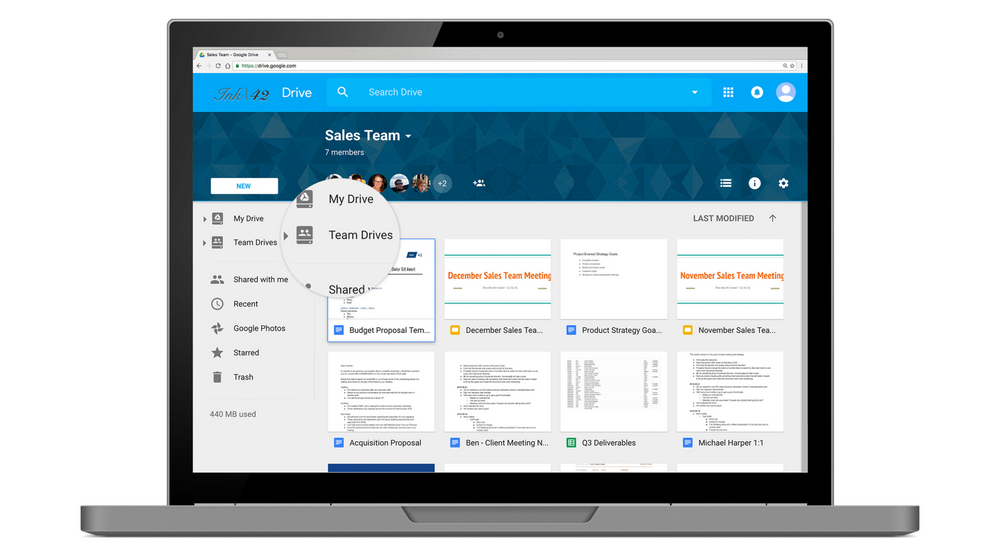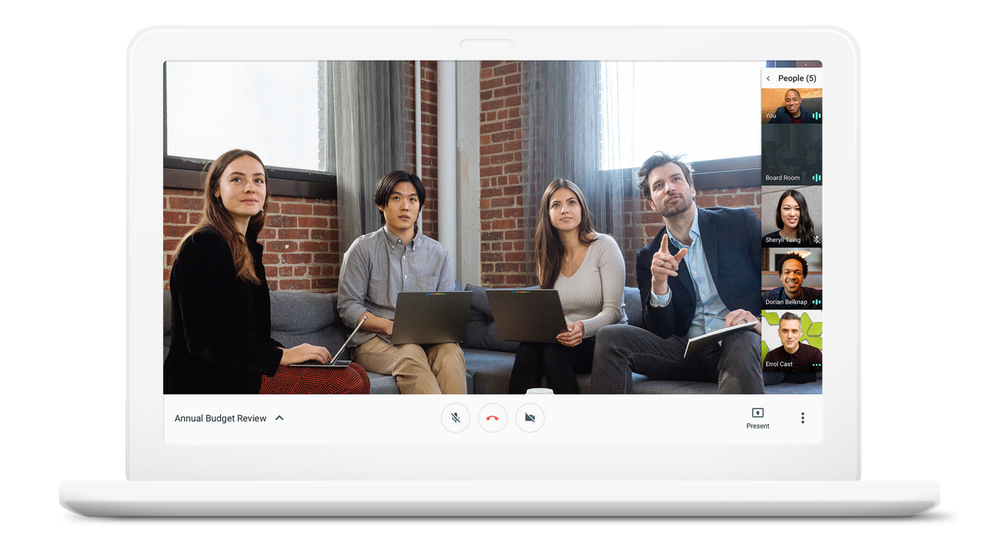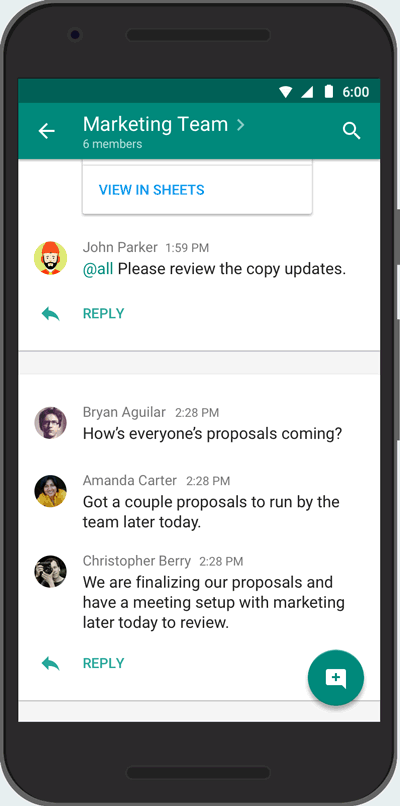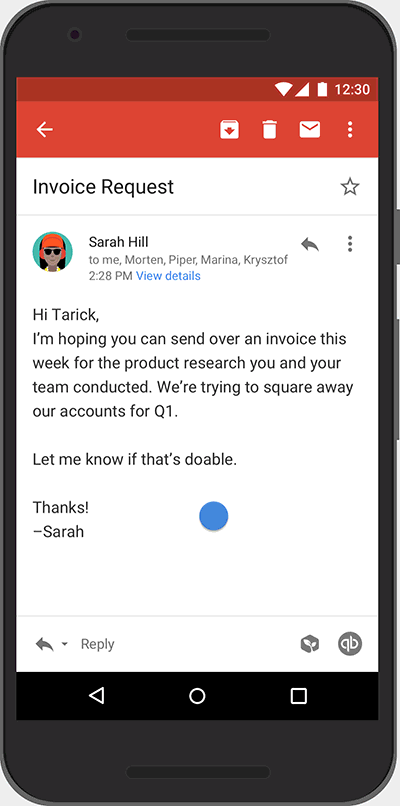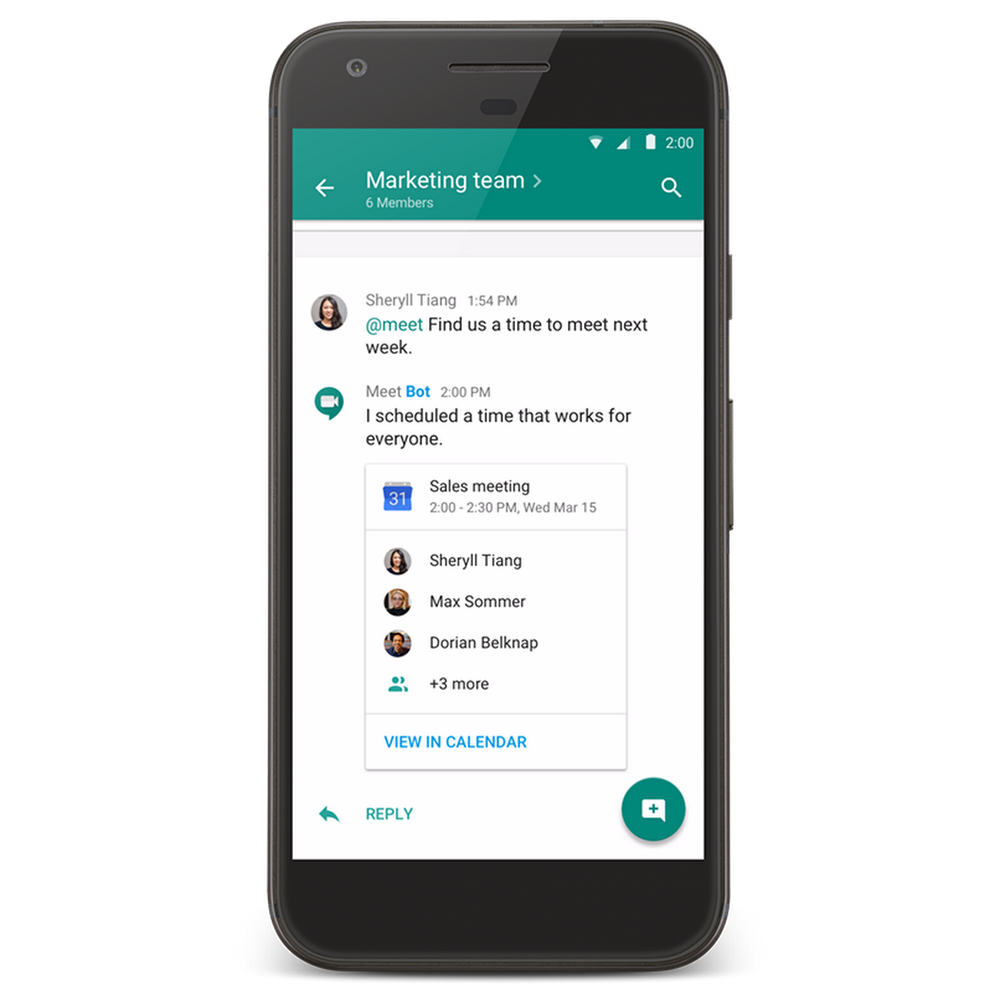Email management, formatting documents, creating expense reports. These are just some of the time-sinks that can affect your productivity at work. At Google, this is referred to as “overhead”—time spent working on tasks that do not directly relate to creative output—and it happens a lot.
According to a Google study in 2015, the average worker spends only about 5 percent of his or her time actually coming up with the next big idea. The rest of our time is caught in the quicksand of formatting, tracking, analysis or other mundane tasks. That’s where machine learning can help.
Machine learning algorithms observe examples and make predictions based on data. In G Suite, machine learning models make your workday more efficient by taking over menial tasks, like scheduling meetings, or by predicting information you might need and surfacing it for you, like suggesting Docs.
Eliminating spam within Gmail using machine learning
One of the earliest machine learning use cases for G Suite was within Gmail. Historically, Gmail used a rule-based system, which meant our anti-spam team would create new rules to match individual spam patterns. Over a decade of using this process, we improved spam detection accuracy to 99 percent.
Starting in 2014, our team augmented this rule-based system to generate rules using machine learning algorithms instead, taking spam detection one step further. Now, we use TensorFlow and other machine learning to continually regenerate the “spam filter,” so the system has learned to predict which emails are most likely junk. Machine learning finds new patterns and adapts far quicker than previous manual systems—it’s a big part of the reason that more than one billion Gmail users avoid spam within their account.
See machine learning in your favorite G Suite apps
G Suite’s goal is to help teams accomplish more with its intelligent apps, no matter where they are in the world. And chances are, you’ve already seen machine learning integrated into your day-to-day work to do just that.
Smart Reply, for example, uses machine learning to generate three natural language responses to an email. So if you find yourself on the road or pressed for time and in need of a quick way to clear your inbox, let Smart Reply do it for you.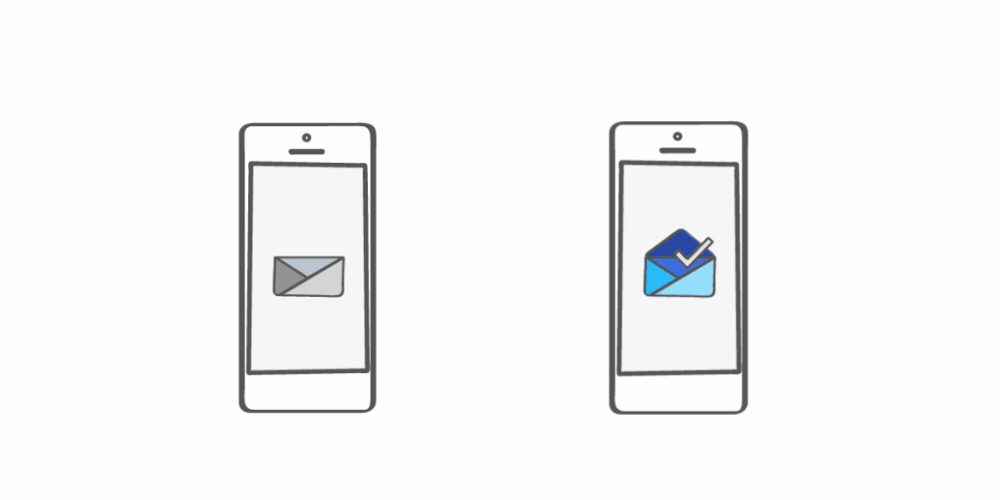
Explore in Docs, Slides and Sheets uses machine learning to eliminate time spent on mundane tasks, like tracking down documents or information on the web, reformatting presentations or performing calculations within spreadsheets.
Quick Access in Drive predicts and suggests files you might need within Drive. Using machine intelligence, Quick Access can predict files based on who you share files with frequently, when relevant meetings occur within your Calendar or if you tend to use files at certain times of the day.
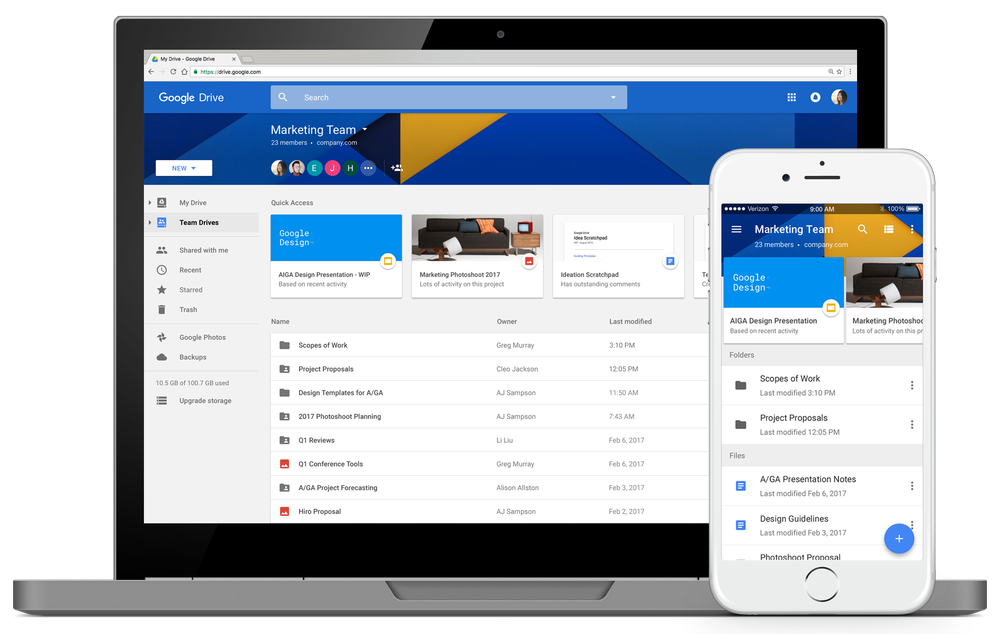
To learn more about how machine intelligence can make your life easier, sign up for this free webinar on June 15, 2017, featuring experts from MIT Research, Google and other companies. You can also check out the Big Data and Machine Learning blog or watch this video from Google Cloud Next with Ryan Tabone, director of product management at Google, where he explains more about “overhead.”
